
Irish Cheddar Cheese Toastie with Homemade Tomato Soup
There’s no better comfort food than an ooey-gooey cheesy toastie. Whether you’re whipping up a quick lunch or late night snack, you can rely on

There’s no better comfort food than an ooey-gooey cheesy toastie. Whether you’re whipping up a quick lunch or late night snack, you can rely on
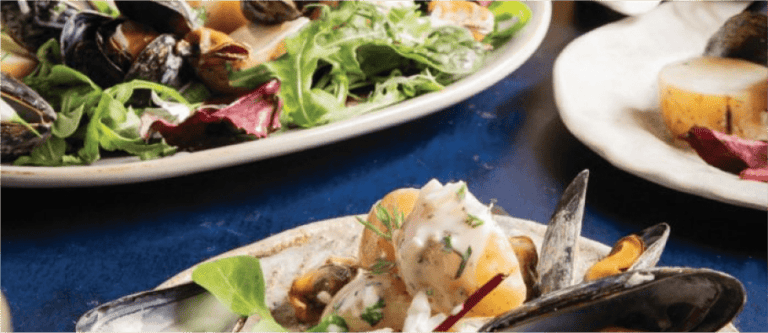
Lorem ipsum dolor sit amet, consectetur adipiscing elit. Cras porta lorem cras justo, sed justo, ut eu. Arcu.
Check out OUR Latest FAVOURITE Recipe
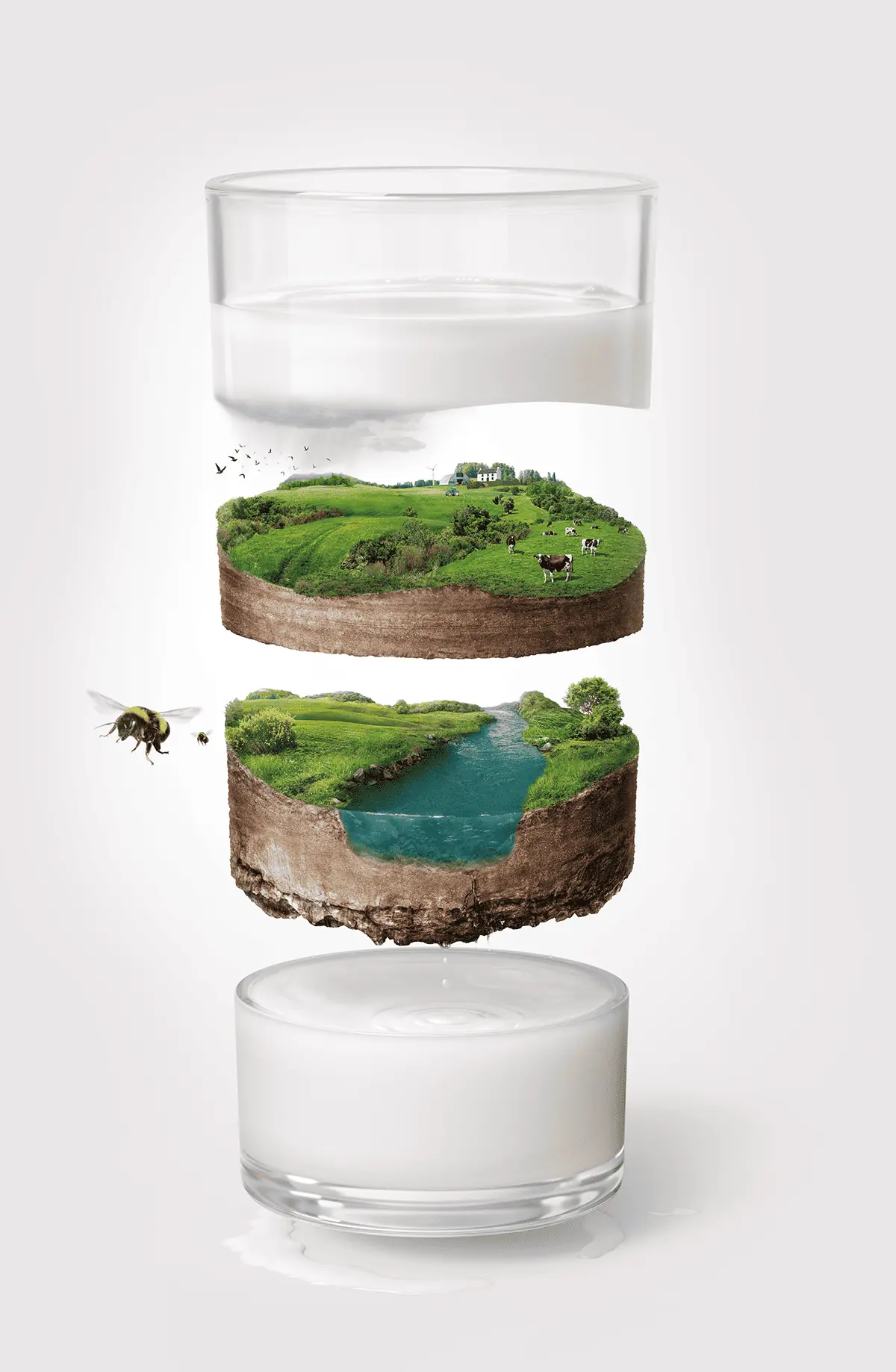

Irish dairy farmers across the country are committed to doing things differently, thinking about their environmental impact, embracing new ways of operating and implementing world-leading technologies and farming practices.
There is a good reason why Irish dairy farming has been taking place our shores for 6,000 years. It’s because Ireland, in its climate and in its landscape, has natural advantages that make it the ideal location for producing high quality dairy products.
Let’s start with the climate. Ours is temperate with plenty of rainfall which is ideal for the growth of grass, something that humans can’t consume but that cows can turn into nutritious and delicious milk. Then there’s the fact that 65% of Ireland is pasture – because that’s what it’s best suited to – where the grass grows and the cows graze somewhere between 240 and 300 days of the year. Irish cows are outside eating grass – not kept inside, fed exclusively what they call ‘concentrate’.
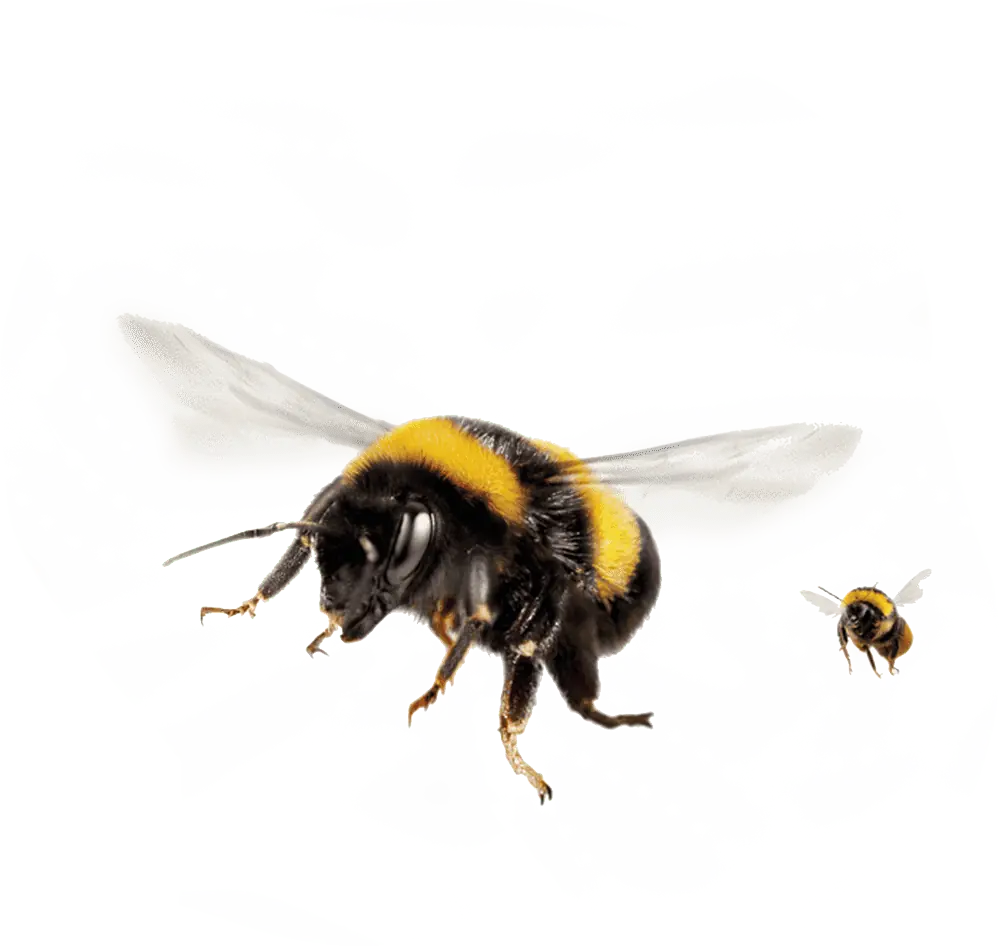
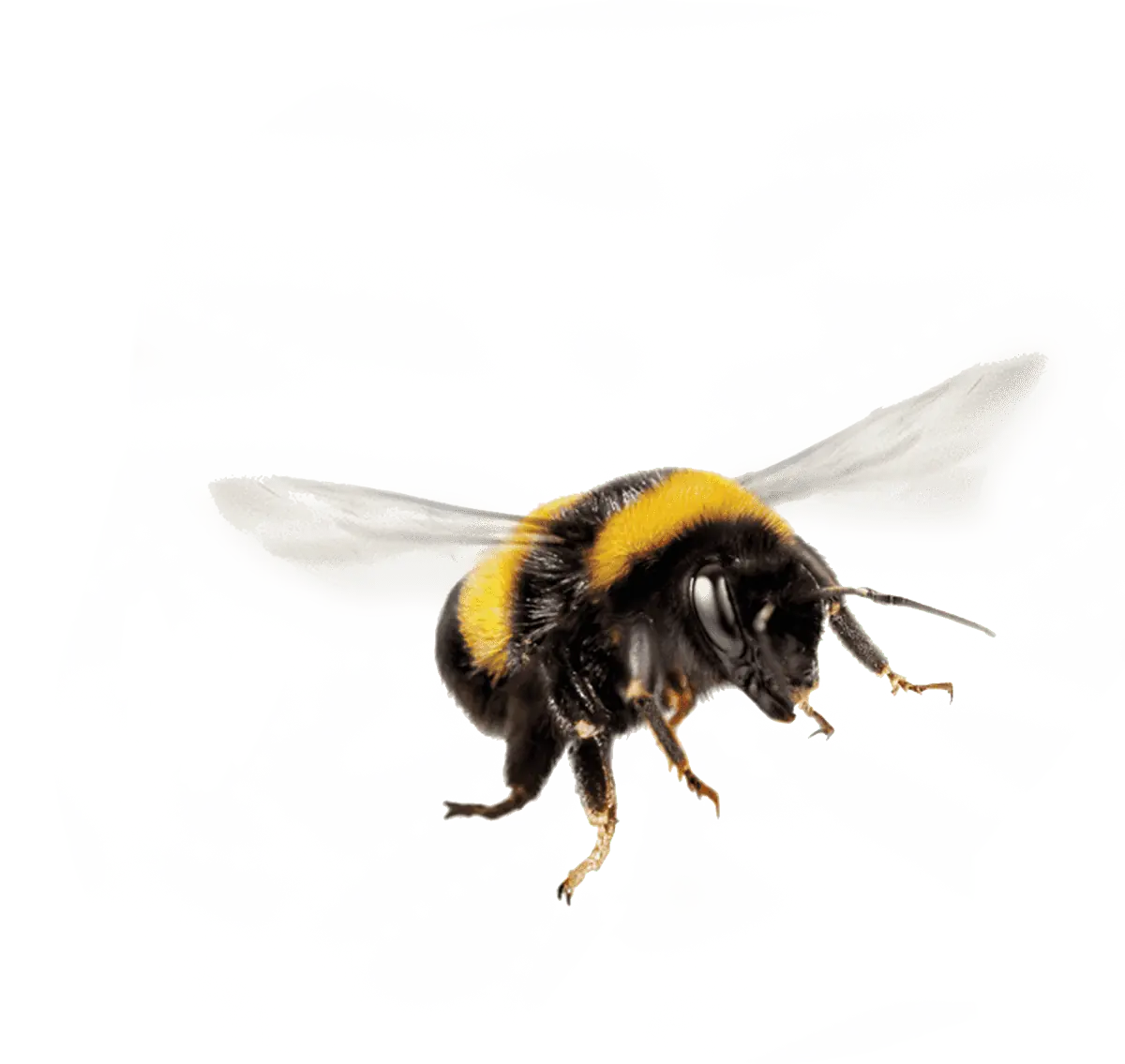
Irish dairy farmers nurture pasture, hedgerows and trees which encourages biodiversity and absorbs CO2 emissions. Planting trees like willow and creating ponds planted with reeds helps absorb nutrients from waste farmyard water, reducing their impact on our streams and rivers.
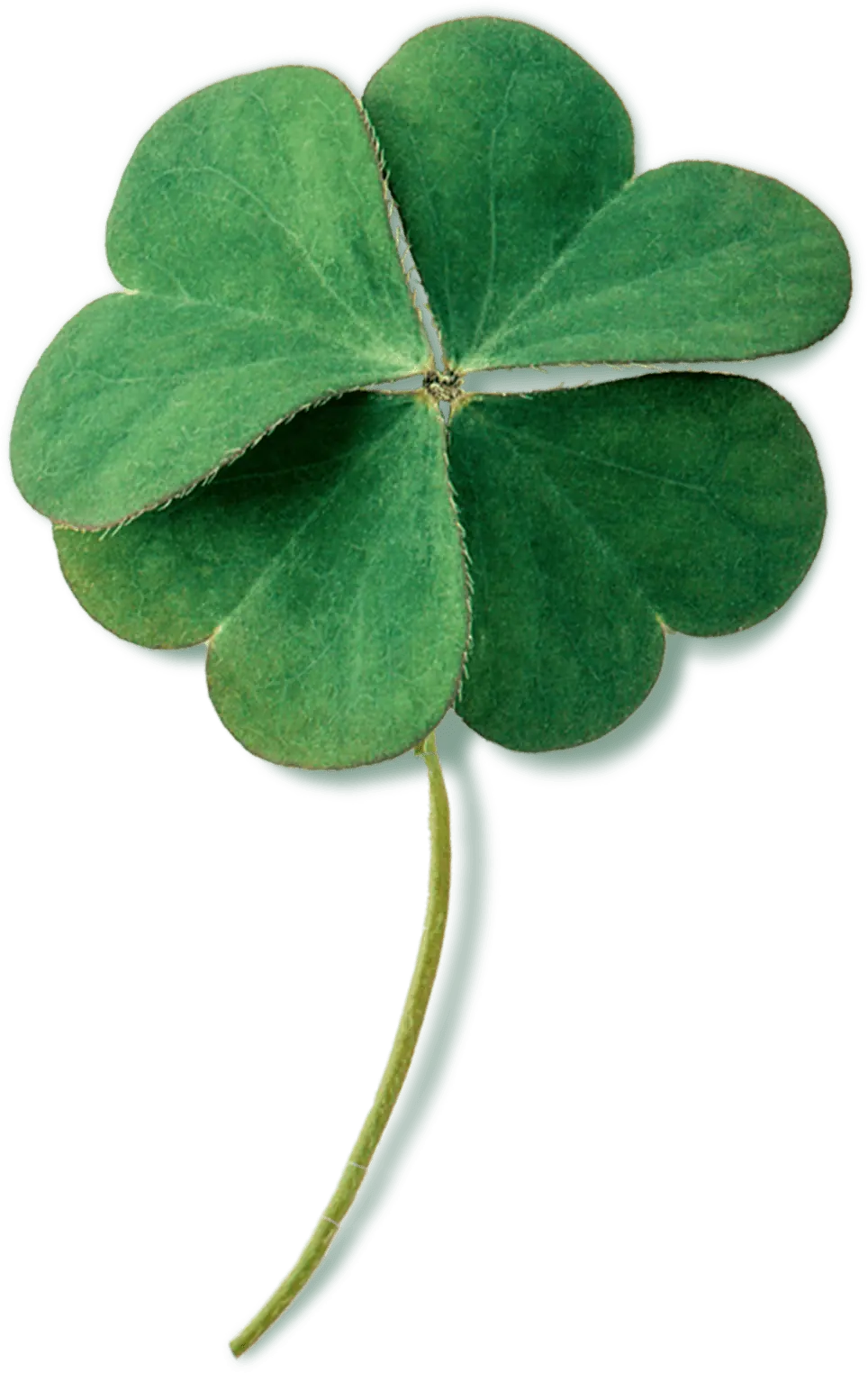
Breeding and feeding strategies, some developed here in Ireland, are seeking to address the methane emissions of our dairy herd. The Irish Cattle Breeding Federation’s (ICBF) Economic Breeding Index (EBI) allows farmers to select genetic traits in their cattle, one of which is a cow that emits less methane.
Research into feed additives that also affect a cow’s emissions is taking place at locations around the country, particularly into how a grass-fed cow can be fed emission-reducing supplements and the answer could be via the animal’s water supply.
The truth is that demand for high-quality, nutritious dairy products is increasing and shows no slowing down. Around the world, people rely on dairy for the vitamins and minerals that they need for a healthy body. In Ireland, the government recommends three servings of milk, cheese or yogurt daily.

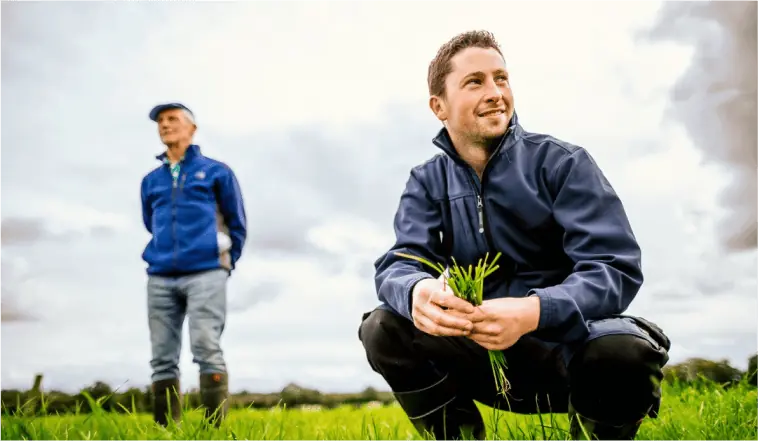
The National Dairy Council Farmer Ambassador Programme brings together a team of Ireland's dairy producers and industry...
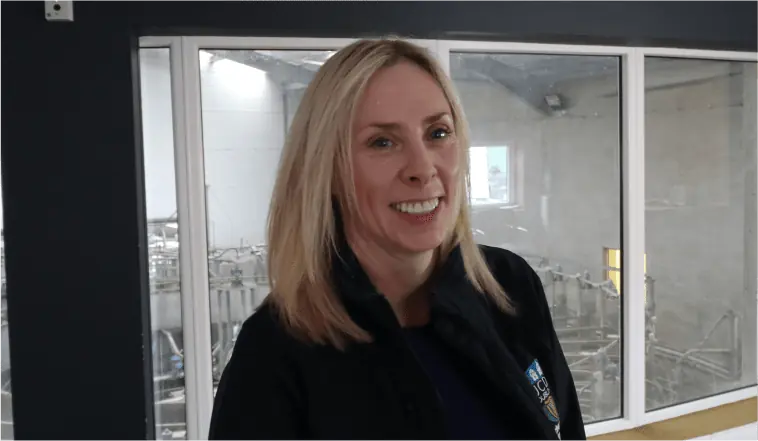
The NDC has spoken with leading dairy scientists and researchers to find out what's next in Irish dairy enviro-sustainability.